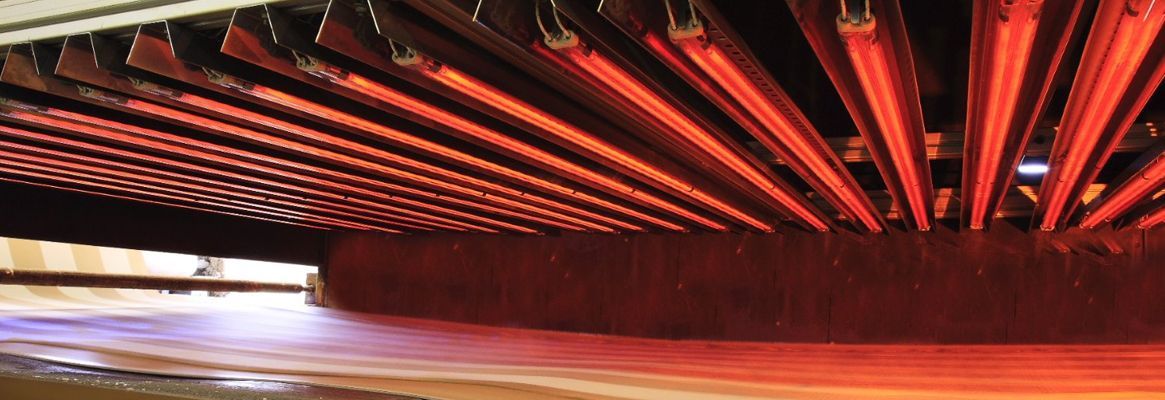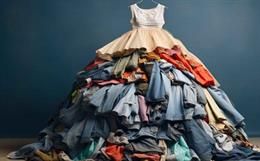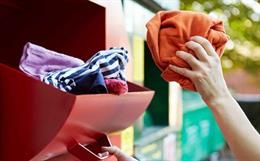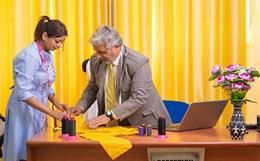High-quality home textiles for curtains, armchairs and sofasshould not only look decorative, they also have to be hard-wearing and flameproof. Textiles usually get flame-retardant by a coating with special chemicals or saline solutions.
By retrofitting a new, Heraeus medium wave infrared systemat their South Ockenden factory, Essex Flameproofing have been able to treblethe capacity of the drying process used in the production of fire retardingupholstery and curtains. At the same time, they have also significantly reducedenergy consumption. Forgotten candles or a short circuit in the toaster - justat home it can burn fast if one does not pay attention. Curtains and hometextiles should not contribute to the spreading of a fire and therefore they .have to be equipped with flame-retardant properties.
Essex Flameproofing is a long-established company whichworks with designers and specifiers, fabric manufacturers, major retailers andupholsterers to impart fire-retarding properties to furniture and fittings. Thisis achieved by treating the fabric of the upholstery or curtains withflame-retardant chemicals to . comply with British and foreign standards andflame retarding regulations. The application of the relevant chemicals/coatingsis a wet process and drying is, necessarily, an important production stage.
Upholstery is made fire-resistant by spraying the back ofthe upholstery cloth with a latex flame-retardant coating, which must then bedried. Previously this was achieved by heating the coated upholstery web with along wave infrared system. However, to meet increasing demand for the company'sexpertise, it was decided to investigate ways of speeding up the drying process.
As a result, a new Heraeus medium wave infrared system wasretrofitted at the Ockenden factory. This consists of an aluminium framework,which houses 21, 4.5kW emitters, which are arranged to be switched on and offin seven banks of three emitters, to match the heating profile to the product to be dried. Such has been the success of the new system, which is ready to run withinone minute of switch-on, that .coated upholstery fabric can be dried in asingle pass whereas three passes were often required with the previous system. This is partly due to the efficiency of medium wave infrared in water removal,as radiation at medium wave frequency is readily absorbed by water moleculesand the energy is rapidly converted into heat.
The new system also finds further employment when it is usedto provide extra capacity to dry treated curtains. Curtains are madefire-retardant by spraying them with a salt-based solution, which soaks intothe fibres. When curtains come Scotch guarded, or when fabrics have lowpermeability, the uptake of the solution needs to be assisted by passing thewetted curtain through nip rollers. Normally, curtains are dried on their ownline, but when there is capacity on the new Heraeus system, they are passedthrough for drying, again at twice to three times the speed.
Originallypublished in New Cloth Market; May 2009








